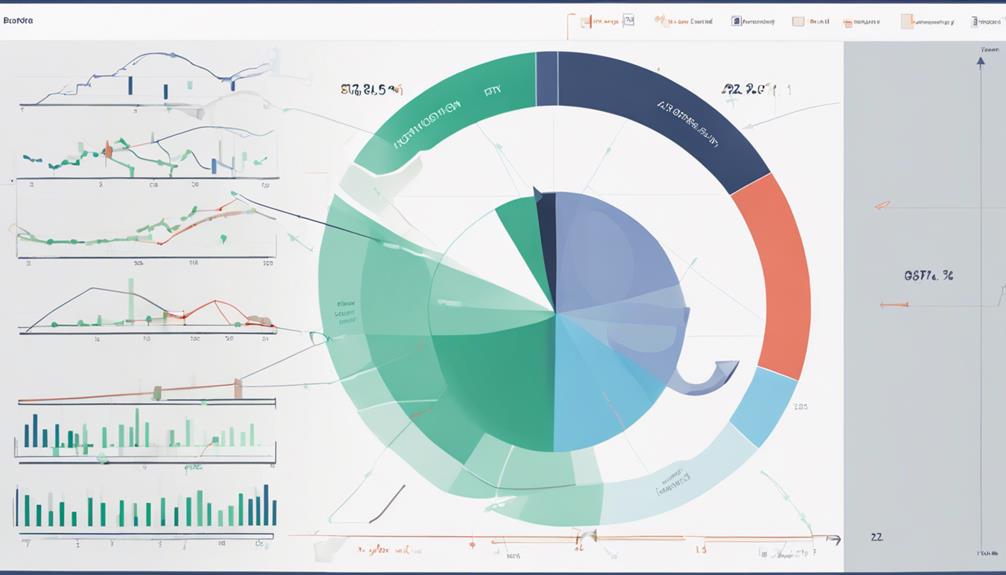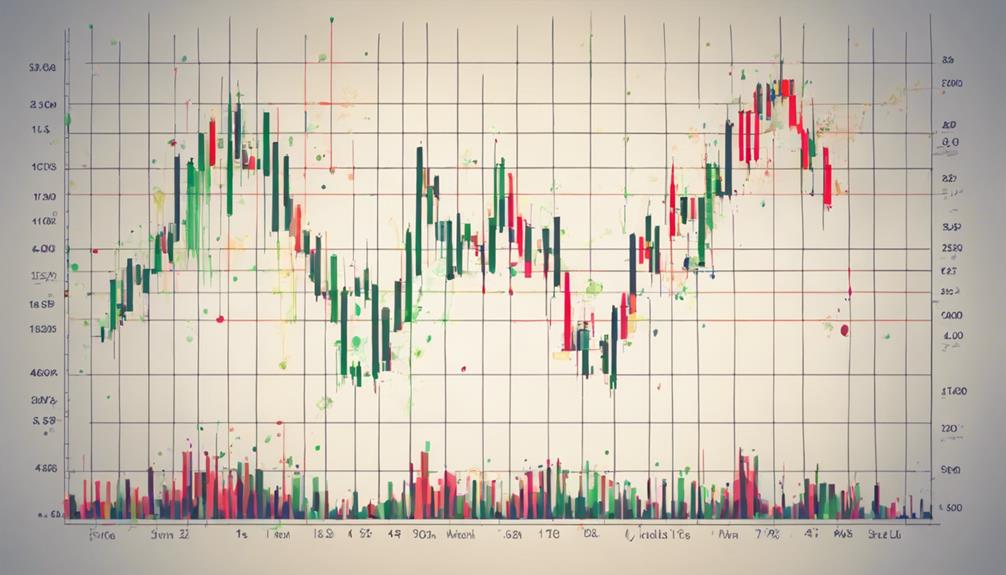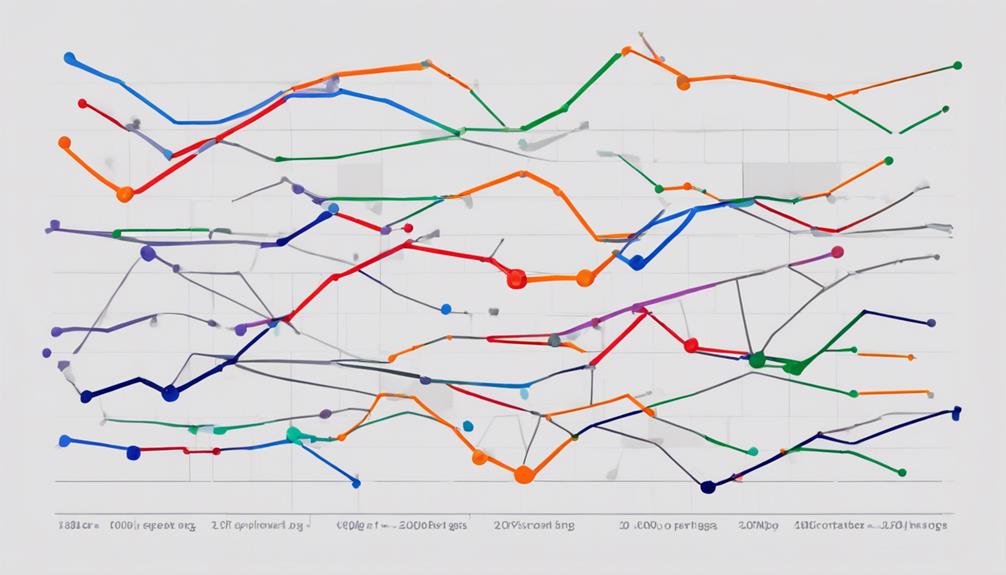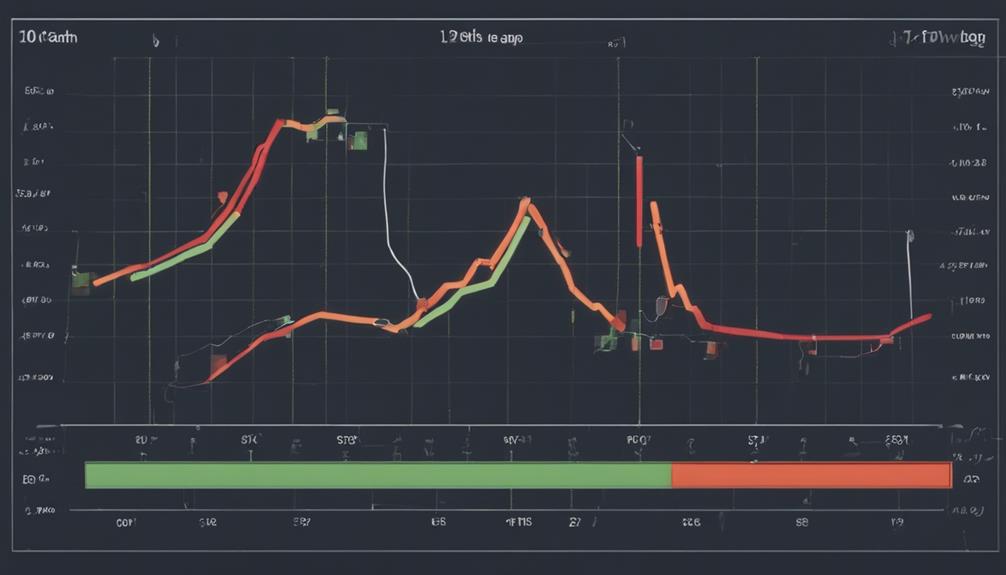When it comes to optimizing the ROC indicator, traders are often seeking reliable strategies to enhance their decision-making process. By exploring key methods such as breakout strategies, overbought/oversold signals, zero-line crossings, divergence analysis, and the integration of moving averages, traders can potentially improve their ROC indicator performance significantly.
Each method offers a unique perspective on market dynamics and can be instrumental in identifying optimal entry and exit points. By delving deeper into these strategies, traders can gain a comprehensive understanding of how to effectively leverage the ROC indicator for informed trading decisions.
ROC Indicator Calculation Tips
The calculation of the ROC indicator is a fundamental aspect of technical analysis in financial markets, providing crucial insights into price momentum and trend strength. The ROC indicator measures the percentage change in price by comparing the current closing price with the closing price from a specified number of periods ago using the formula ((Current Price – Price n periods ago) / Price n periods ago) * 100. This calculation method allows traders to analyze the rate of change in prices, enabling them to assess market direction and potential reversals effectively.
Understanding the ROC indicator calculation is essential for developing optimal trading strategies. By tweaking the number of periods used in the calculation, traders can adjust the sensitivity of the indicator to better suit their trading style and preferences. Shorter periods provide more responsive signals but may also result in increased noise, while longer periods smooth out fluctuations but might lead to delayed signals. Fine-tuning the ROC indicator settings can enhance its effectiveness in capturing price momentum and trend dynamics for informed trading decisions.
Effective ROC Indicator Interpretation

Exploring the nuances of interpreting ROC indicators involves a meticulous analysis of direction and magnitude in order to glean valuable insights for strategic decision-making in trading environments. The rate of change, as depicted by the ROC indicator, provides crucial information on the momentum of price changes.
Positive ROC values, above zero, indicate upward momentum, while negative values signal a downward trend. Traders often look for ROC indicator breakouts, overbought and oversold levels, and divergences to identify potential reversals or shifts in momentum. Centerline crossovers and bullish divergences are common signals used for interpreting ROC data.
Effective interpretation of ROC indicators allows traders to anticipate potential price movements, trend changes, and trading opportunities. By understanding the nuances of this momentum indicator, market participants can make informed decisions based on the insights provided by the ROC values.
Advanced ROC Indicator Trading Strategies

Building upon the nuances of interpreting ROC indicators for strategic decision-making, advanced ROC indicator trading strategies involve incorporating historical maximum ROC values for relative momentum comparison. These advanced strategies go beyond basic interpretations to enhance trading decisions through sophisticated techniques.
- Utilization of Filtering Techniques: These strategies employ smoothing techniques to filter out short-term fluctuations in the ROC indicator, providing more reliable signals for traders.
- Setting Buy and Sell Thresholds: By setting specific thresholds for buying and selling based on ROC values, these strategies help reduce false signals and improve the overall effectiveness of trading decisions.
- Integration of Trend Indicators: Advanced ROC strategies often integrate additional trend indicators alongside the ROC indicator to better navigate market transitions and confirm trading signals.
Optimizing ROC Indicator Performance

Enhancing the effectiveness of ROC indicators involves strategic adjustments to optimize performance in capturing price changes and improving trading accuracy.
To optimize ROC indicator performance, traders can start by adjusting the lookback period. A shorter lookback period makes the ROC more sensitive to recent price changes, while a longer period smooths out fluctuations.
Fine-tuning buy/sell thresholds is crucial to filter out false signals and enhance trading precision. Historical data analysis is essential for tailoring ROC settings to specific market conditions and asset classes.
Backtesting various combinations of ROC parameters helps identify the most effective settings for trading strategies. Implementing dynamic comparisons with historical highs can improve signal quality and reduce noise in trading decisions.
Common Mistakes to Avoid When Using ROC

To maximize the effectiveness of the ROC indicator in trading decisions, it is crucial to be mindful of common mistakes that traders should avoid when utilizing this technical tool.
- Relying Solely on ROC:
Using ROC in isolation without confirmation from other indicators can lead to unreliable trade signals. It is essential to integrate ROC into a comprehensive trading strategy that considers multiple factors for decision-making.
- Neglecting Period Setting:
Overlooking the optimization of the period setting for ROC based on the specific characteristics of different securities can result in suboptimal performance. Traders should adjust the ROC period to suit the volatility and trading patterns of each asset.
- Ignoring Trend-following Indicators:
Depending solely on ROC for trend identification may be inadequate. To enhance accuracy, traders should combine ROC with trend-following indicators to validate signals and confirm market momentum.
Can You Explain the Best Methods for Optimizing the ROC Indicator in More Detail?
When it comes to configuring ROC indicator tutorial, it’s crucial to consider various factors that will impact the optimization process. In more detail, the best methods for optimizing the ROC indicator involve adjusting the time period, smoothing the data, and identifying the appropriate buy and sell signals for your specific trading strategy.
Frequently Asked Questions
What Is the ROC Indicator Strategy?
The ROC indicator strategy involves measuring price percentage changes to assess momentum, aiding in trend reversal and breakout identification. It generates buy/sell signals through zero line crossings. Applicable to stocks, forex, commodities, indexes, and options, enhancing decision-making with market momentum insights.
Is ROC a Leading or Lagging Indicator?
ROC is a leading indicator in technical analysis, signaling potential reversals before they occur. Traders use ROC to anticipate market movements based on momentum shifts. Understanding ROC as a leading indicator aids in timely trade entries and exits.
Is ROC Overbought and Oversold?
ROC can indicate overbought conditions with high positive values and oversold situations with low negatives. Extreme values signal caution. Varying levels exist based on security and time frame. Combining with other indicators enhances accuracy.
What Is the Difference Between ROC and RSI Indicator?
The key difference between the Rate of Change (ROC) and Relative Strength Index (RSI) indicators lies in their calculation methods. ROC measures price momentum through percentage change, while RSI assesses price strength relative to past performance using average gains and losses. Both aid in identifying market conditions.
Conclusion
In conclusion, the ROC indicator is a powerful tool for identifying trend reversals and breakout areas in trading strategies. By utilizing breakout strategies, overbought and oversold conditions, zero-line crossings, divergence signals, and combining ROC with moving averages, traders can optimize their trading performance.
Avoiding common mistakes such as relying solely on ROC without confirmation from other indicators is crucial for successful trading. Remember, 'the early bird catches the worm' when it comes to utilizing the ROC indicator effectively in the market.
